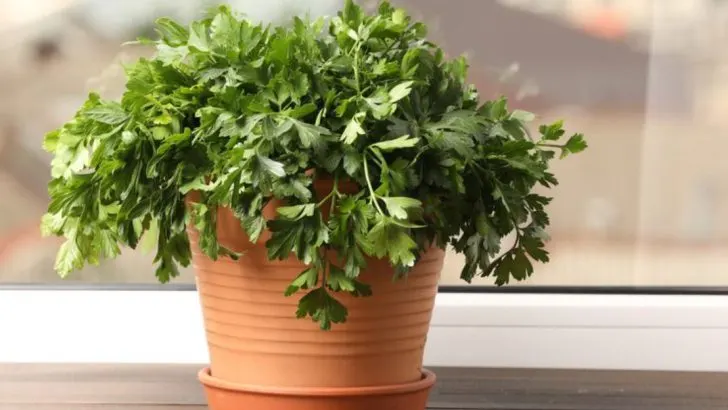Growing your own fresh food doesn’t have to stop when the seasons change — with the right plants and a little planning, you can enjoy homegrown herbs, greens, and vegetables indoors all year long. Indoor gardening brings the joy of fresh harvests right into your kitchen, no matter the weather outside.
In this article, we highlight 18 edible plants that thrive indoors year-round, offering delicious, healthy additions to your meals without ever needing to step outside. From basil and microgreens to dwarf peppers, these plants are perfect for bright windowsills and cozy corners.
Bring your garden inside and enjoy a continuous supply of homegrown goodness every day of the year!
Basil
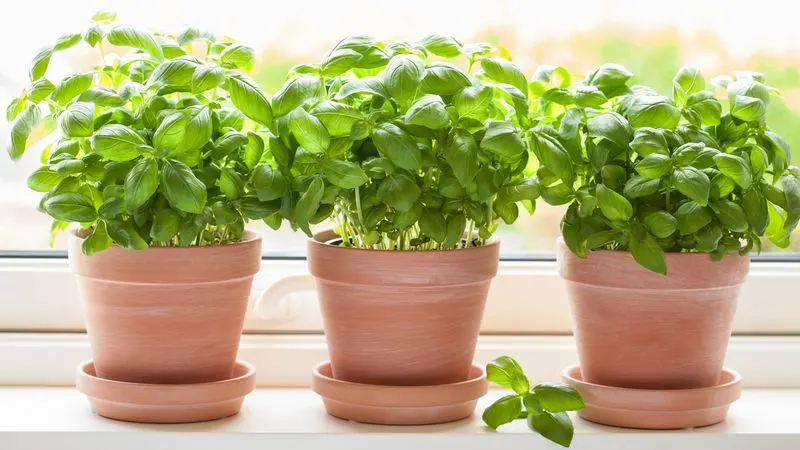
Famed for its aromatic leaves, basil adds a burst of flavor to any dish. It thrives in a warm, sunny spot, making windowsills the perfect home. Regular pruning encourages bushy growth and an abundant harvest.
To keep your basil happy, ensure it gets at least six hours of sunlight daily. A south-facing window is ideal. Water deeply, but allow the soil to dry between waterings.
With over 100 varieties, you can experiment with flavors from sweet to spicy. Imagine pesto made from your home-grown basil, fresh and aromatic!
Mint
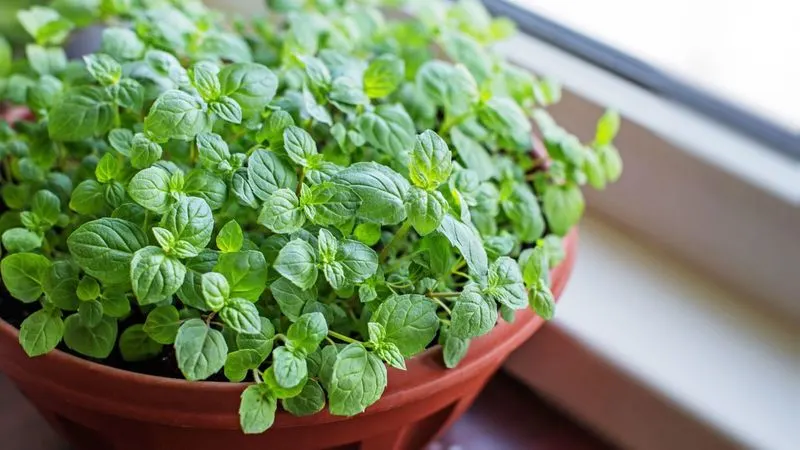
Mint is the cool, refreshing hero of the herb world. Known for its invigorating aroma, it’s perfect for adding a fresh twist to drinks and dishes. This hardy plant enjoys indirect sunlight and consistent moisture.
Grow mint in a pot to contain its rapid growth. It’s a space-saver and can be placed in any kitchen corner. Regular trimming prevents legginess and promotes lush foliage.
The sensory delight of brushing past a mint pot is unmatched. Try adding a sprig to your iced tea for a burst of freshness.
Chives
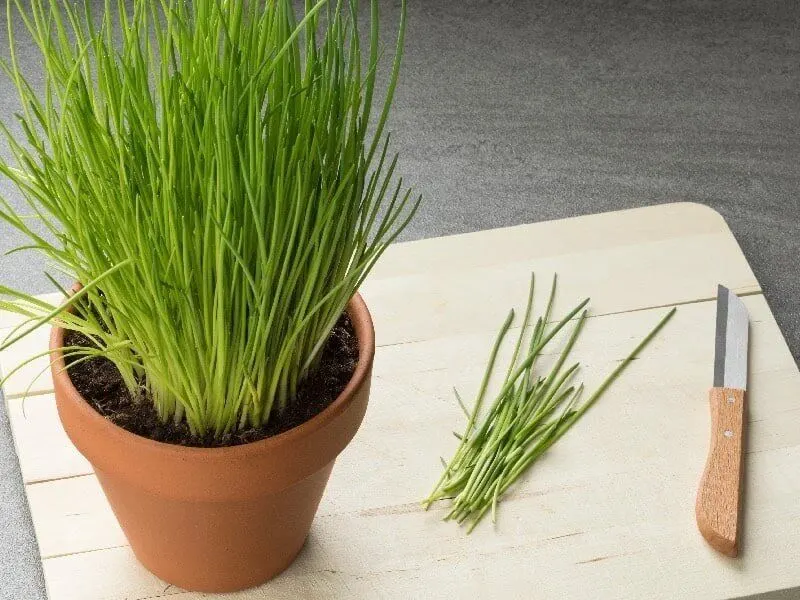
With a mild onion flavor, chives are the versatile garnish your dishes have been missing. They thrive in bright light and can even flower, adding a splash of color.
Ensure they get enough water to keep the shoots tender and juicy. Snip as needed, as regular harvesting encourages new growth.
Their delicate taste enhances soups, salads, and omelets. Plus, chives are a low-maintenance option that fits perfectly into busy lives.
Parsley
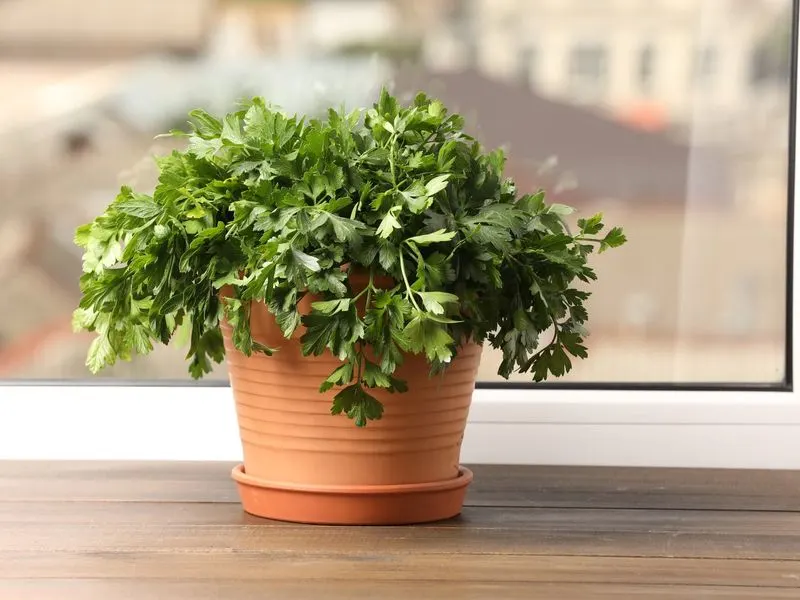
Parsley isn’t just a garnish; it’s a flavor powerhouse. Whether you prefer flat-leaf or curly, this herb provides essential vitamins and a fresh bite to meals.
Position it near a sunny window, ensuring it receives ample light. Water consistently to maintain its vibrant green color.
Use parsley to brighten salads or as a finishing touch to pasta dishes. It’s not just decorative; it’s delicious and nutritious.
Cilantro
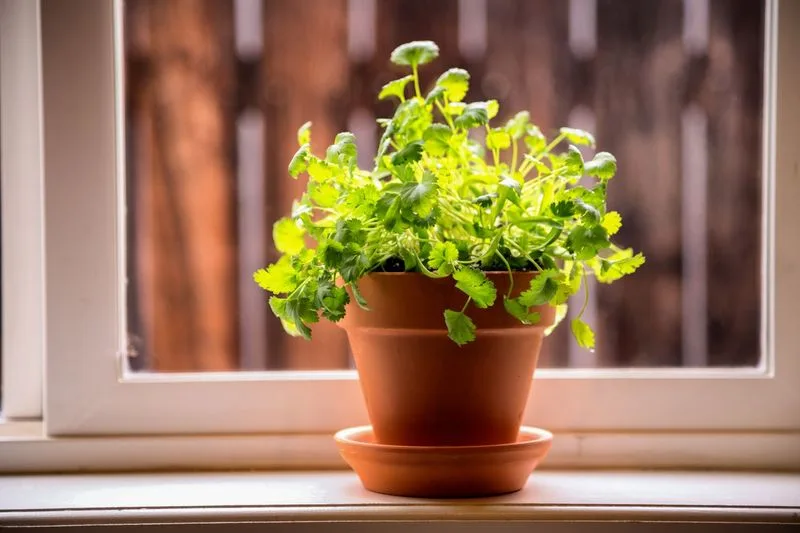
Cilantro, with its distinct flavor, is a staple in many cuisines. It requires bright light but doesn’t mind a bit of shade.
Ensure the soil remains moist, but not soggy. Start from seeds for the best results, as cilantro can be finicky when transplanted.
Beyond salsa, cilantro adds a pop of freshness to many dishes. Its unique taste is loved by many and detested by some, making it truly special.
Thyme
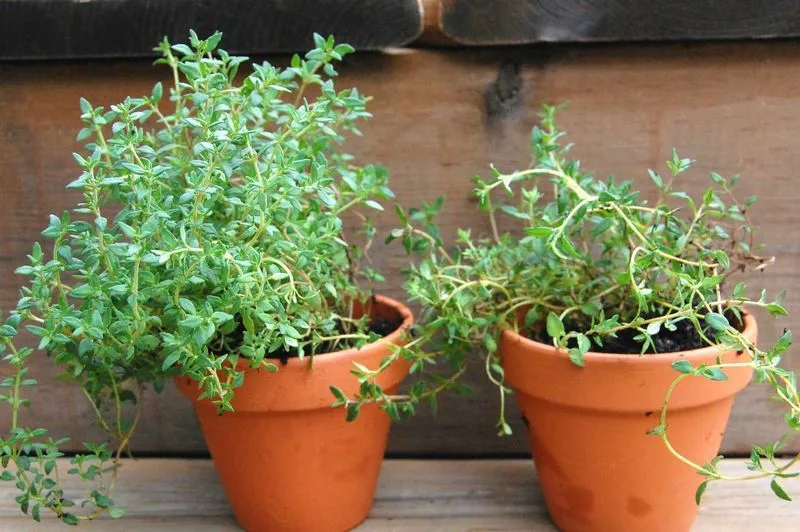
Thyme’s earthy, aromatic scent is reminiscent of the Mediterranean. It’s a resilient herb, thriving in bright, direct sunlight.
Allow the soil to dry completely between waterings, as thyme prefers drier conditions. Prune regularly to prevent woodiness and encourage fresh growth.
This herb elevates roasts and stews, imparting a subtle depth of flavor. Its versatility makes it a kitchen favorite year-round.
Oregano
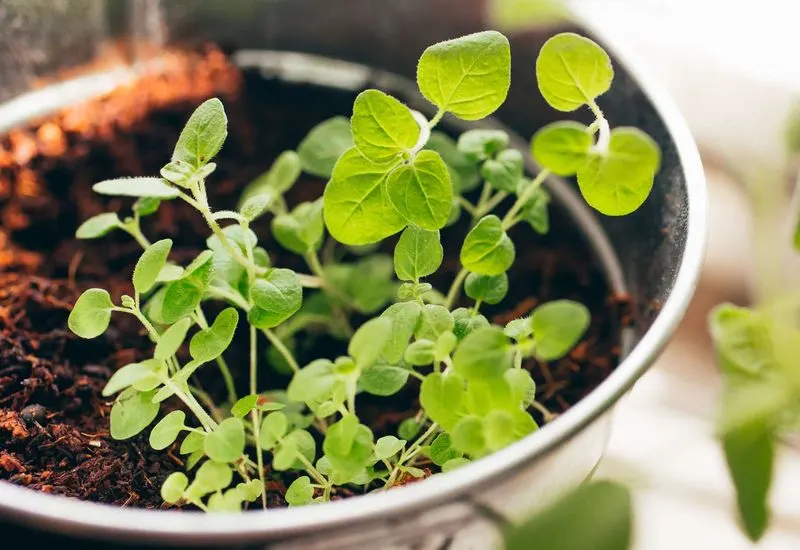
Oregano brings a peppery, robust flavor to dishes, reminiscent of Italian cooking. This herb loves sunlight, so a bright spot is crucial.
Water when the soil feels dry, avoiding overwatering. Pinch back the stems to promote bushy growth and prevent legginess.
A sprinkling of oregano can transform a basic pizza into an aromatic delight. Its bold flavor is a staple in Mediterranean cuisine.
Rosemary
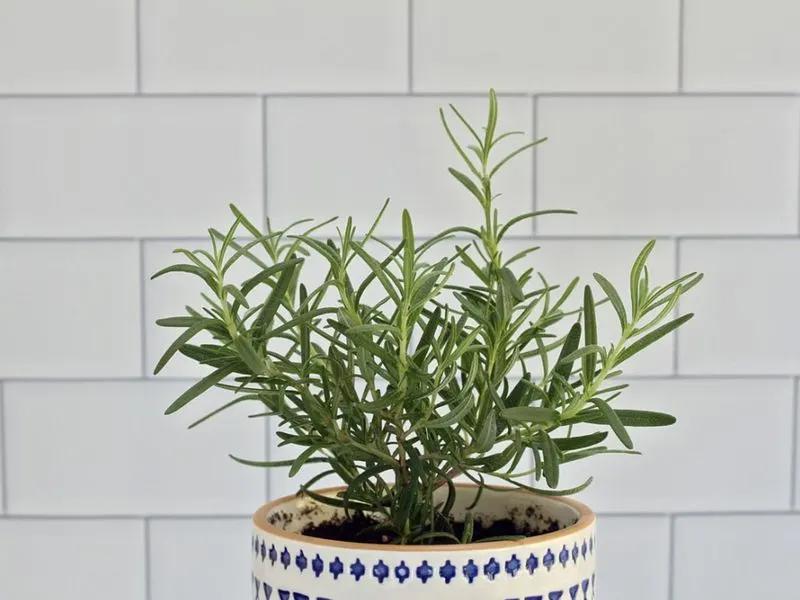
Rosemary’s woodsy, fragrant aroma evokes the essence of outdoor gardens. It thrives in a sunny location and benefits from occasional misting.
Ensure good drainage to prevent root rot, as rosemary prefers dry feet. Prune regularly to maintain its shape and encourage growth.
Use it to enhance roasted meats and potatoes. Its pine-like flavor is both invigorating and comforting.
Sage
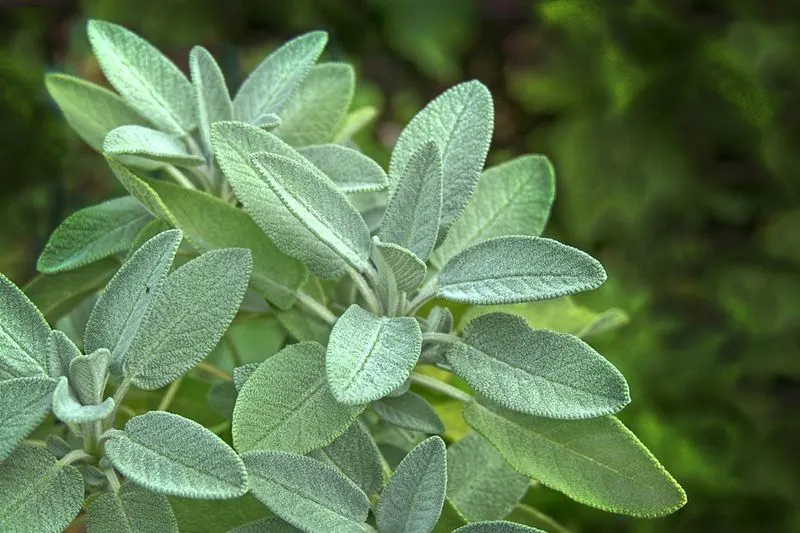
Sage, with its robust and earthy flavor, is a favorite in hearty dishes. It thrives in bright light, making it ideal for sunny windowsills.
Allow the soil to dry between waterings, as sage dislikes wet feet. Regular pruning keeps it from becoming leggy and maintains its bushiness.
The soft, velvety leaves are not just tasty but also add a decorative touch. Try incorporating it into stuffing or roasted dishes.
Lemongrass
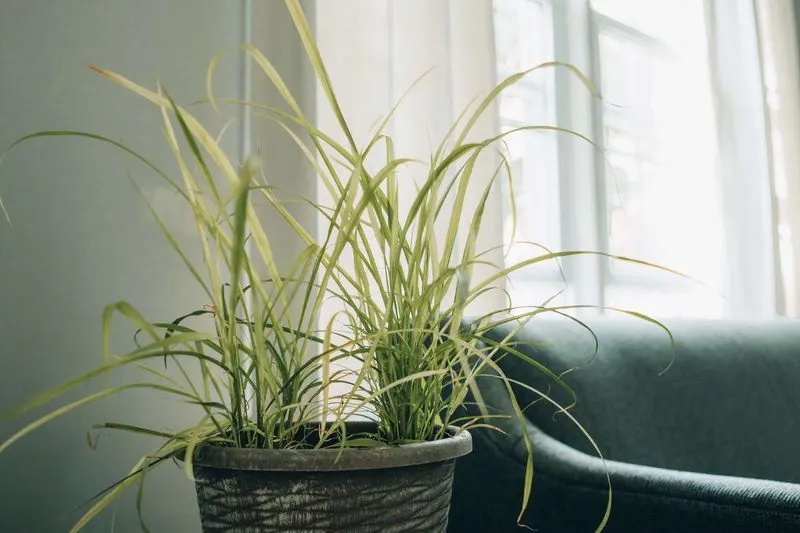
Lemongrass offers a touch of the tropics with its citrusy aroma. It’s a fast grower and thrives with plenty of sunlight and moisture.
Use a pot with good drainage and water it regularly to keep the soil moist. Trim as needed to encourage new shoots.
Perfect for Asian-inspired dishes, lemongrass adds a zesty kick to soups and curries. Its tall, graceful stalks also make it an attractive indoor plant.
Lavender
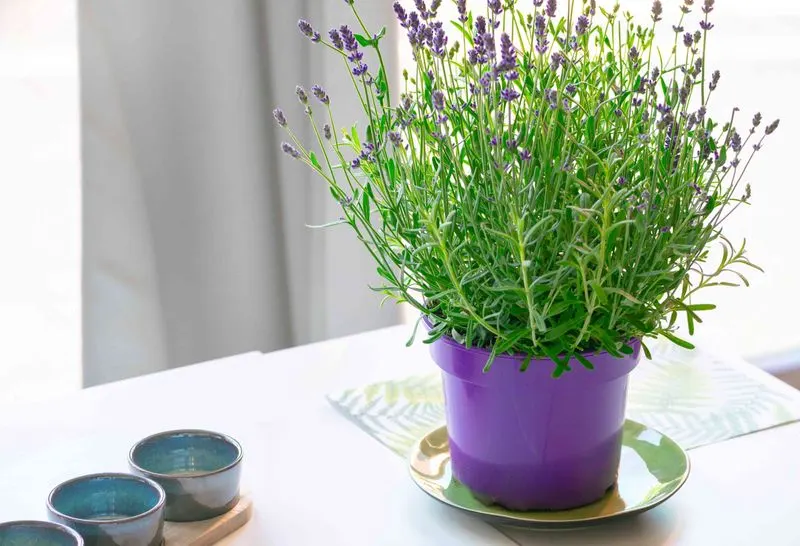
Not just for fragrance, lavender can be a culinary surprise. It prefers a sunny spot with well-drained soil.
Water sparingly, as lavender is drought-tolerant. Prune regularly to keep the plant compact and encourage more blooms.
Its floral notes are perfect for desserts and teas. Lavender’s purple flowers add beauty and aroma to any room, making it a delightful indoor plant.
Bay Laurel
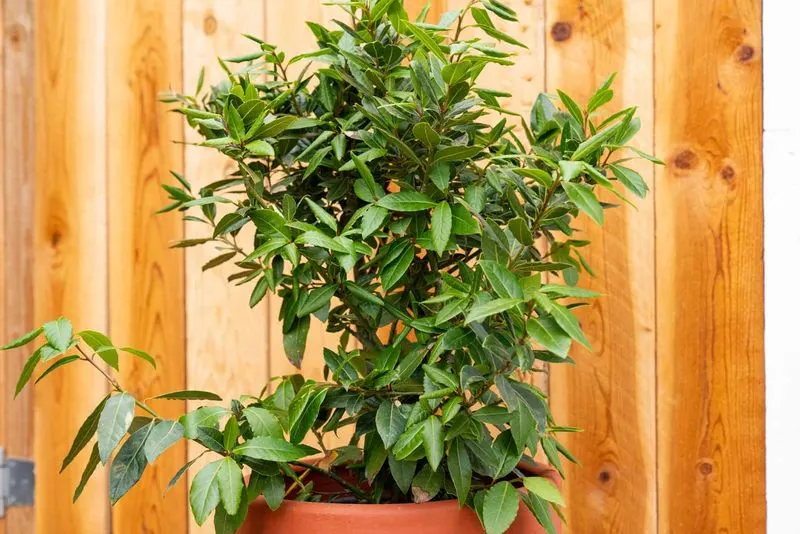
Bay laurel, with its glossy leaves, is a slow-growing evergreen perfect for indoor gardens. It needs plenty of light and good air circulation.
Water when the top inch of soil is dry, and mist occasionally to maintain humidity. Prune to shape and remove any dead leaves.
The aromatic leaves are essential in soups and stews, releasing flavor slowly during cooking. Besides culinary uses, it’s a visually appealing addition to any space.
Cherry Tomatoes
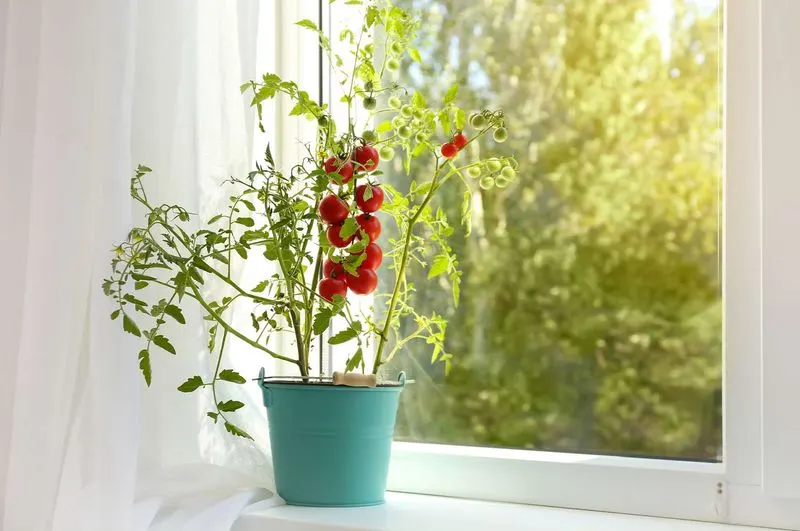
Who can resist the sweet burst of a home-grown cherry tomato? These plants love sunny spots and require well-drained soil.
Water consistently to keep the soil moist but not waterlogged. Support the stems with stakes as they grow taller.
These vibrant tomatoes are perfect for snacking, salads, or garnishing. Their cheerful color and taste make them a kitchen favorite.
Lettuce

Fresh, crisp lettuce is a staple for salads. It’s easy to grow indoors with a cool environment and indirect light.
Keep the soil consistently moist to prevent wilting. Harvest the outer leaves to encourage continued growth.
With various types available, from butterhead to romaine, you can enjoy a variety of textures and flavors. It’s like having a salad bar at your fingertips.
Spinach
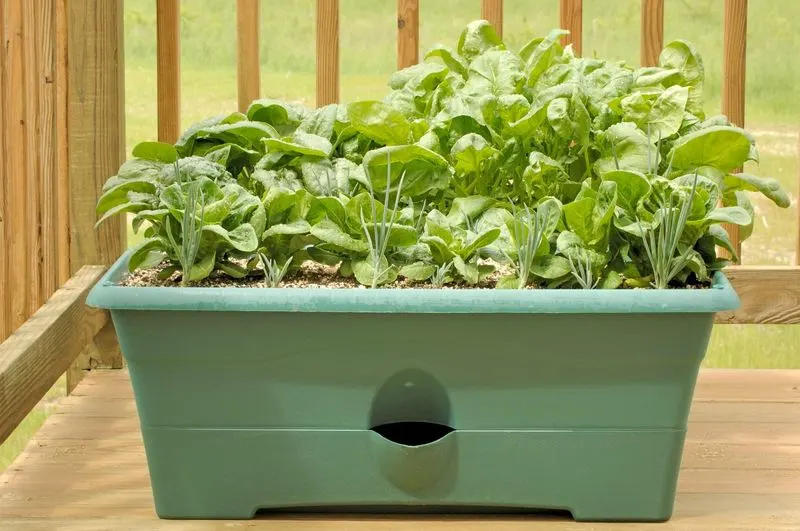
Spinach is a nutritious powerhouse, packed with iron and vitamins. It thrives in cooler temperatures and enjoys indirect sunlight.
Water regularly, keeping the soil evenly moist. Harvest the outer leaves to allow new growth to flourish.
Perfect for smoothies, salads, and cooking, spinach is versatile and delicious. Its deep green leaves are a vibrant addition to your indoor garden.
Kale
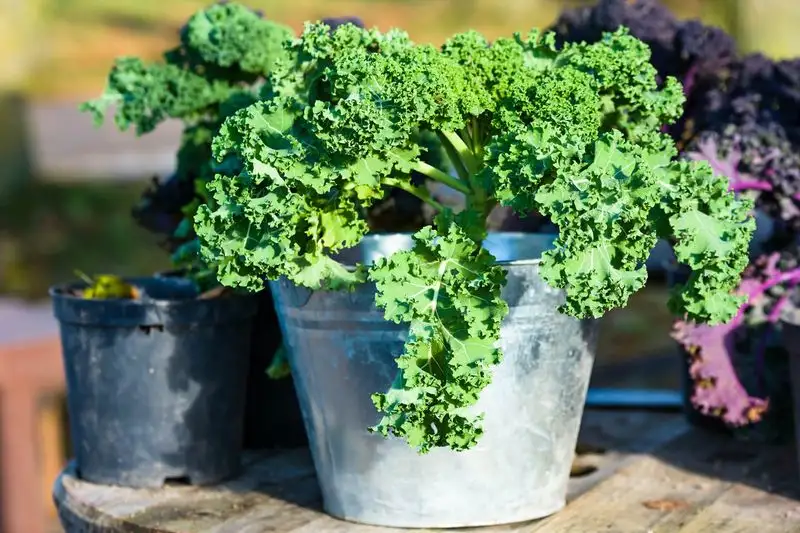
Kale’s robust leaves are a favorite among health enthusiasts. It grows well indoors with plenty of light and a stable temperature.
Ensure good air circulation to prevent mildew, and water consistently to keep the soil moist. Regular harvesting encourages new shoots.
Blend it into smoothies or bake into chips—kale is versatile and nutritious. Its striking foliage adds character to any indoor space.
Arugula
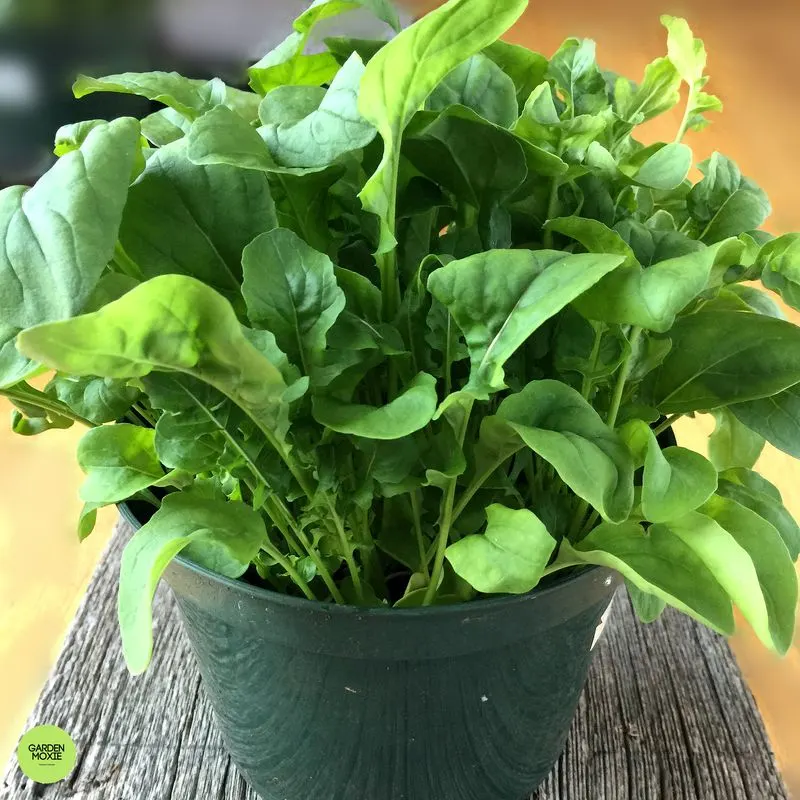
Arugula offers a peppery punch to salads and dishes. It prefers cooler temperatures and can thrive in partial shade.
Keep the soil moist but well-drained, and harvest regularly to prevent bolting. Its rapid growth means you’ll have fresh greens in no time.
Besides salads, arugula can be used in pesto or as a pizza topping. Its lively flavor adds a delightful twist to meals.
Strawberries
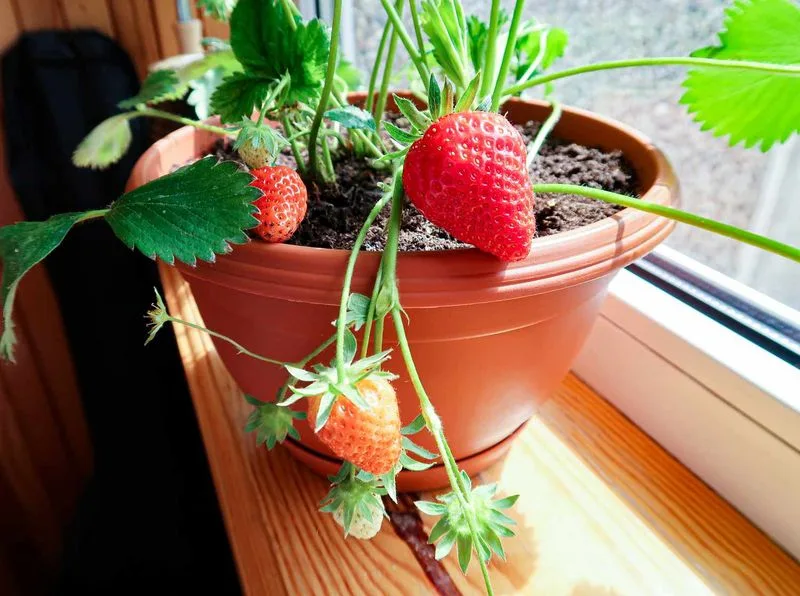
Imagine plucking fresh strawberries from your indoor garden. These plants need bright light and well-drained soil to flourish.
Water consistently, ensuring the soil remains slightly moist. Trim runners to focus energy on berry production.
Their sweet flavor is a treat in desserts or eaten fresh. Strawberries add a cheerful, vibrant touch to your home, both visually and flavor-wise.

